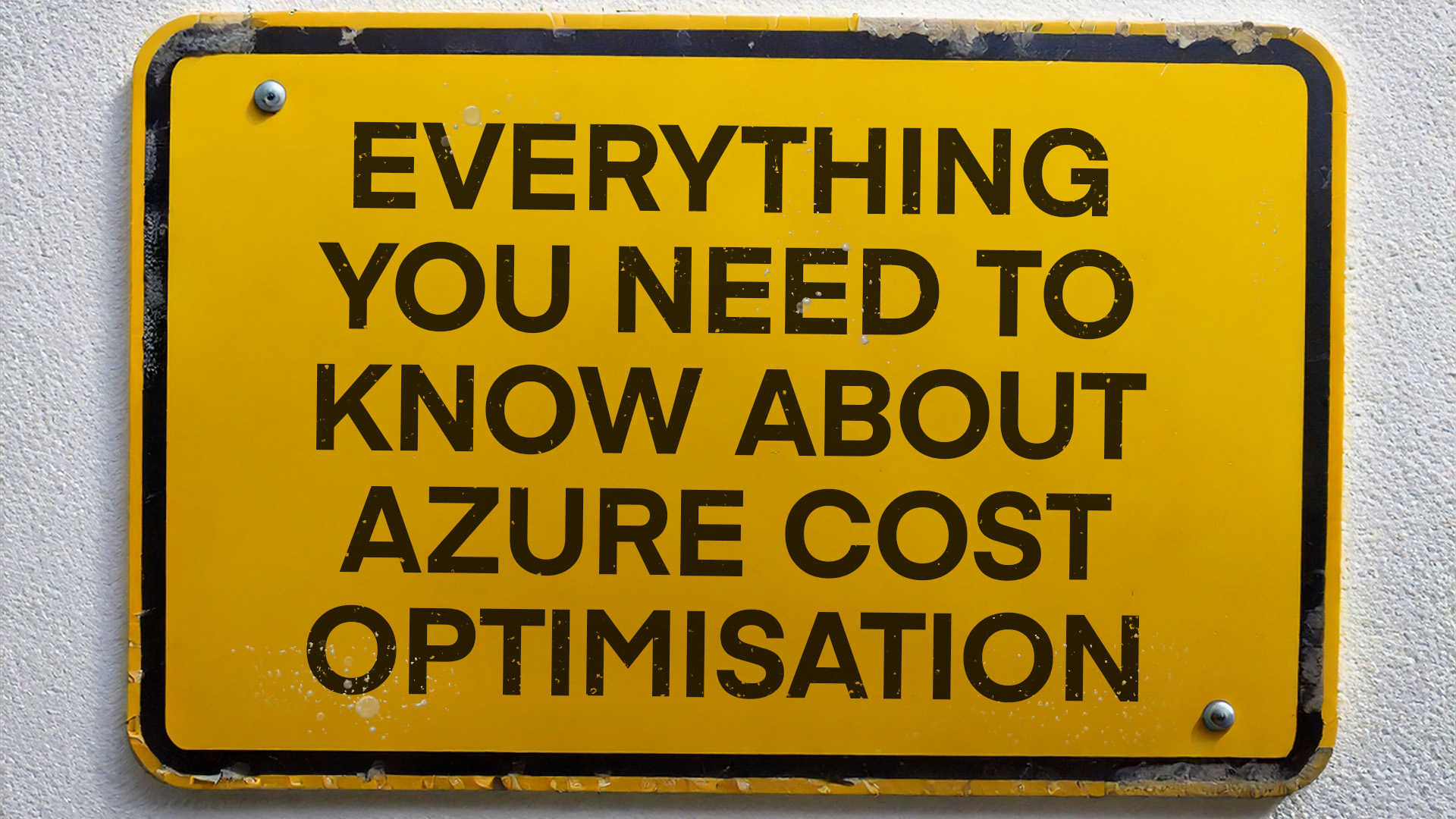
With a growing threat of data breaches, businesses need to do more than ever before to protect valuable data. The question then is: ‘DRaaS vs Offsite Storage, which is the better strategy?’ To answer that question with a broad statement wouldn’t be truthful to the complexity of enterprise IT and the varying levels of outages.
DRaaS vs BaaS (Backup as a Service):
DRaaS facts
DRaaS has been quickly adopted by the industry. Research from Gartner indicated that by the end of 2018, more organisations would be using Disaster-Recovery-as-a-Service than traditional recovery services.
This could be most likely down to the rising costs of downtime, which has risen by 38% over the past few years, as discovered by Ponemon Institute.
CEOs, FDs and IT Managers alike are discovering the proven value DRaaS is bringing to their business and their bottom line. This is thanks to features such as live replication of data to the Cloud (or to a secondary Data Centre if already in the Cloud) and the added agility of being able to spin up mission-critical applications and data in minutes.
Using Offsite Storage (BaaS) as DR
So, let’s start with a real-world situation. Your business has an outage. Can Offsite Backups help your business recover? If you lose your data, maybe.
However, this is only if you have a strong enough Internet connection. You’ll need large amounts of speed and bandwidth to restore and rebuild everything within a reasonable time frame.
And time frames are key when it comes to Disaster Recovery.
Rebuilding systems is not a quick process. it can take hours, if not days, depending on the complexity of your particular solution and the amount of preparation you’ve made.
Using DRaaS
Whilst using Offsite Storage as your DR solution is a very manual and time-intensive process to activate, DRaaS takes a different and more modern approach.
DRaaS not only replicates live data, but it also adds incredibly useful features to automate the failover process.
When disaster strikes, it only takes a few simple steps to spin up your servers from a point in time of your choice: a few milliseconds before the incident, all the way back to 30 days prior.
For example, with Managed DRaaS from Synextra (Powered by Zerto), in the event of loss of service, our engineers not only monitor your solution 24/7 and start the failover process but, they will work with your team to get your business back online and fully operational.
Think of your data as the actors in a play and your DRaaS solution as the producer, making sure everything works as it should. Synextra’s engineers play the part of the director, ensuring everything is where it needs to be and works as intended.

Comparing DR solutions: DRaaS vs Offsite Storage
There is no way to measure the compliance of a business as a whole. However, proof that your core infrastructure and sensitive data is protected can help you on the road to meeting industry regulations, such as ISO.
One way of proving that your data is secure is to measure the effectiveness of your Disaster Recovery plans. This is imperative for every business that works with sensitive data.
To measure the effectiveness of DR solutions—and compare them objectively—organisations need to measure the Recovery Point Objectives (RPOs) and Recovery Time Objectives (RTOs) of both.
But what are they and more importantly, what do they mean for your business?
Recovery Point Objectives
Recovery Point Objectives (RPOs) is the point in time at which your systems need to be able to restore to in the event of data loss or downtime.
The lower the RPO, the less time that has passed between the restore point and the point of failure.
An RPO of seconds, for instance, would mean only seconds worth of data would be lost.
Recovery Time Objectives
Recovery Time Objectives (RTOs) is the length of time (downtime) to restore individual or groups of systems and services, that an organisation deems acceptable.
The lower the RTO, the quicker critical systems become fully operational. For example, an RTO of minutes would mean only minutes of downtime before an organisation’s critical app is accessible again by users.
With GDPR in place, businesses now need demonstrable proof of compliance (see Article 32). By measuring RPOs and RTOs of your DR solution, you can objectively measure the effectiveness of a DR solution – which is essential for audits and meeting industry regulations.
A simple way of comparing the two most popular DR strategies—DRaaS and Offsite Storage—is to compare these two metrics, but what else separates them, making one a better option than the other?
3 Reasons Why DRaaS is More Effective Than Offsite Storage
There are two types of DR solutions: the ‘active’ solutions such as DRaaS, and the ‘passive’ solutions, such as Offsite Backups.
‘Passive’ solutions such as Offsite Storage only backup selected data, which means they don’t have the infrastructure in reserve for you to fall back to and won’t cover you if a server fails.
So, how do you protect yourself against server faults, let alone ransomware and malicious attacks, data loss or corruption?
1. Live Replication
Rather than backing up at pre-defined restore points, Managed DRaaS from Synextra offers continuous or ‘live’ replication, measuring data loss in seconds, rather than minutes, hours or even days.
2. Time Sensitive
Due to the simple and automated design of Zerto DRaaS, organisations can deliver RPOs of seconds and RTOs of minutes, compared to the time-intensive and manual process of restoring files and systems from offsite storage or cloud backup.
3. Non-disruptive Testing
However, a DR solution that can only be tested in real-world DR situations will not only increase downtime but, make it less likely that an organisation will regularly test the solution.
Synextra’s Zerto-powered solution can prove in minutes that DR is possible in working hours, without disrupting workflows or risking live protection.
Summary
DRaaS has quickly been adopted as the best DR and Business Continuity solution and will continue to do so, with average yearly growth set to reach 41.8% through 2022, according to research firm MarketsandMarkets.
So, why should your business purchase more physical infrastructure that requires additional time and manpower to manage, or even purchase more co-location space in a Data Centre, when there are easier, more cost-effective and more beneficial methods of ensuring your business is ‘always-on’?
Synextra is a leading DRaaS provider in the UK.
Contact us if you have any questions or want to add some DRaaS vs Offsite Storage tips



